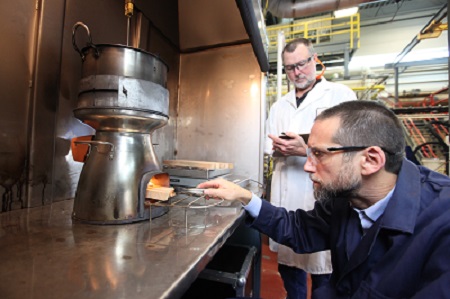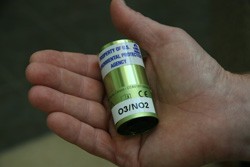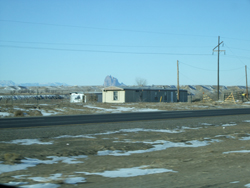When Cooking Can Harm: Cookstove Research and Human Health
By Dina Abdulhadi
While I don’t Instagram every meal, cooking is still an important part of my life. It’s a social anchor that ties me to my family and friends. I also see the act of cooking as a major part of being healthy, since it allows me to control what goes into my food.
So when I learned that the process of cooking is one of the greatest health threats that people face globally, I felt disoriented. Cooking is an everyday task that most in the U.S. can accomplish by turning a dial on a stove. Yet three billion people throughout the world use biomass or coal-fed cookstoves to cook their meals and heat their homes, and the smoke from these fires often causes respiratory and heart disease. In fact, household air pollution is the fourth highest risk factor for disease worldwide for all genders and the second highest risk factor for women[1]. Cookstove emissions also contribute to climate change.
Recently, I attended a scientific meeting to learn about cookstove studies by researchers who received one of six grants from EPA to research cleaner technologies and fuels for cooking, lighting and heating in homes that have limited or no access to electricity or gas lines. This research into cleaner cooking options will help improve air quality and protect the health of people throughout the world, including native peoples in Alaska and others in rural areas of the U.S. who use cookstoves to make their meals.
A presentation by Dr. Tami Bond, one of the grantees and a professor at the University of Illinois, particularly stood out for me. Bond studies the climate and air quality effects of fuel combustion. She receives assistance from trained citizen scientists in the communities who help collect and assess emissions from cookstoves in their homes.
The research by Bond and other grant recipients has given me an appreciation for how science can help to provide solutions to environmental health risks, including those from simply cooking a family meal. I plan to learn more by visiting the cookstove research lab in Research Triangle Park, N.C. There, researchers are testing a wide variety of cookstoves from all over the world to measure their energy efficiency and how much they pollute. You too can get an inside look at the research by watching this recent video by Voice of America on EPA’s cookstove testing.
Interested in seeing other research presented at the meeting? Click here for a list of presentations.
About the Author: Dina Abdulhadi is a student contractor working with the science communication team in EPA’s Office of Research and Development.
[1] A comparative risk assessment of burden of disease and injury attributable to 67 risk factors and risk factor clusters in 21 regions, 1990–2010: a systematic analysis for the Global Burden of Disease Study 2010






